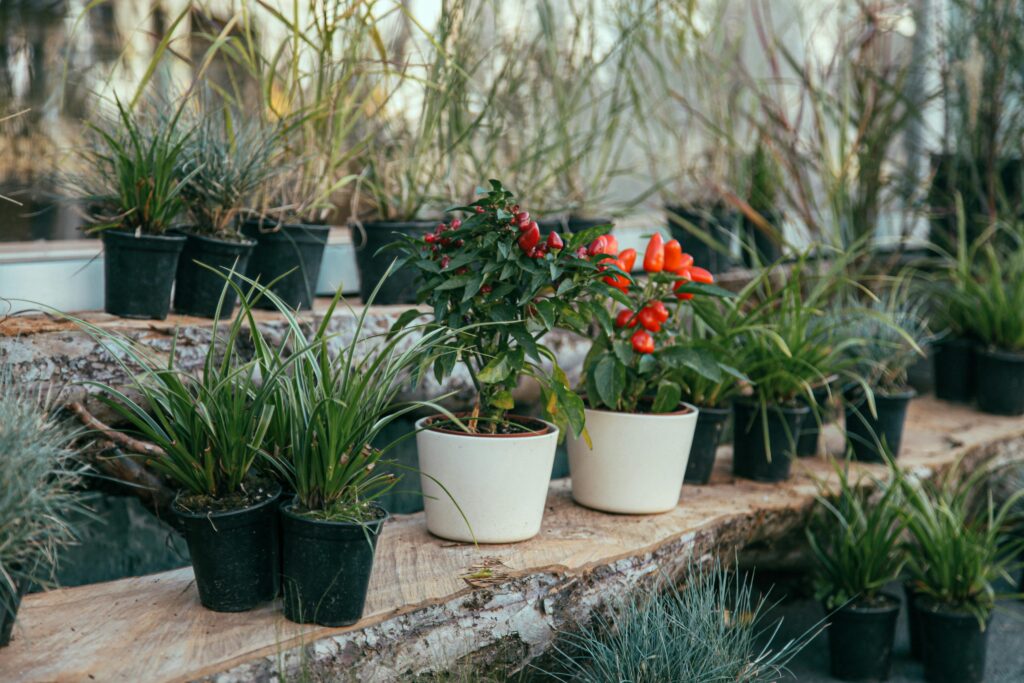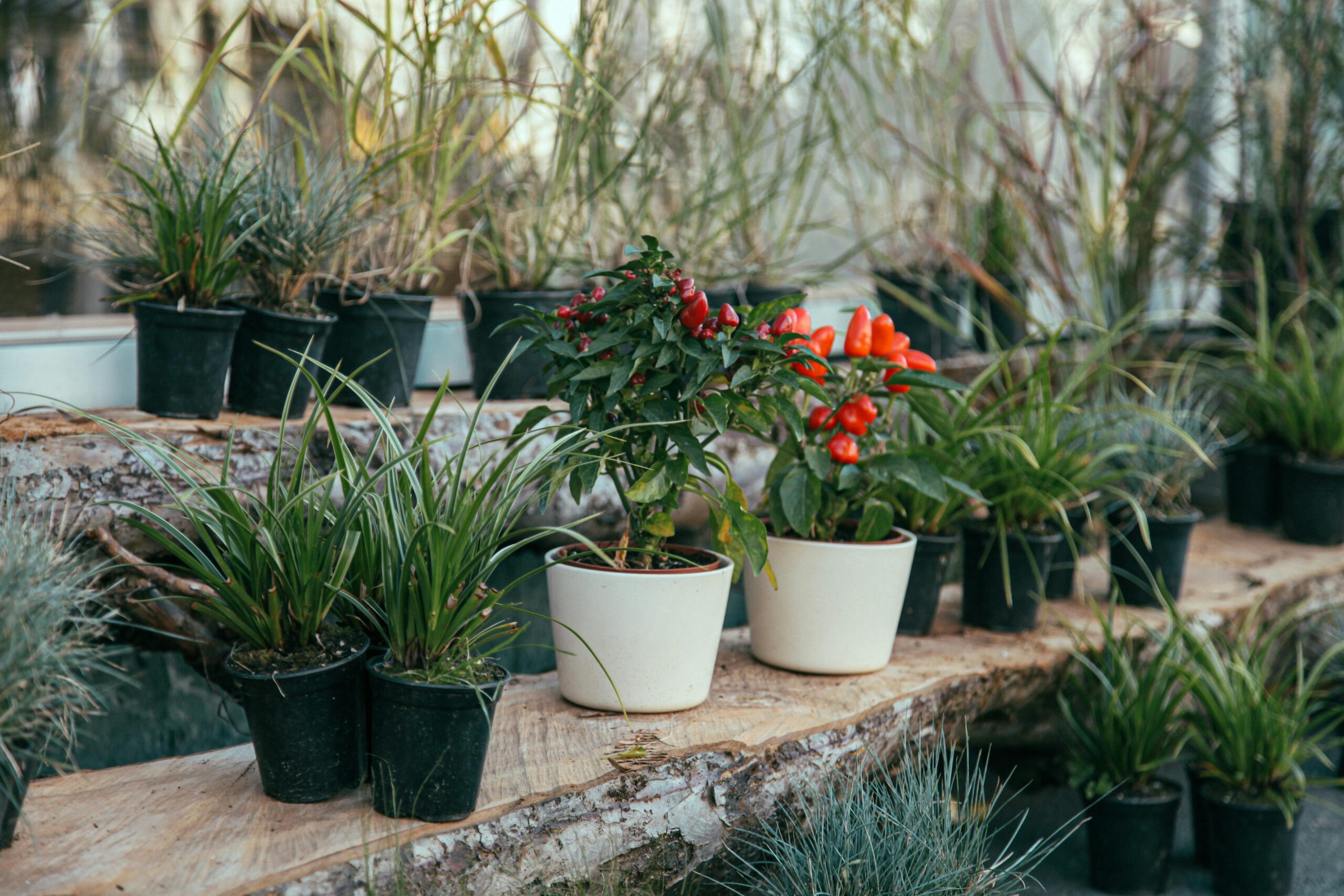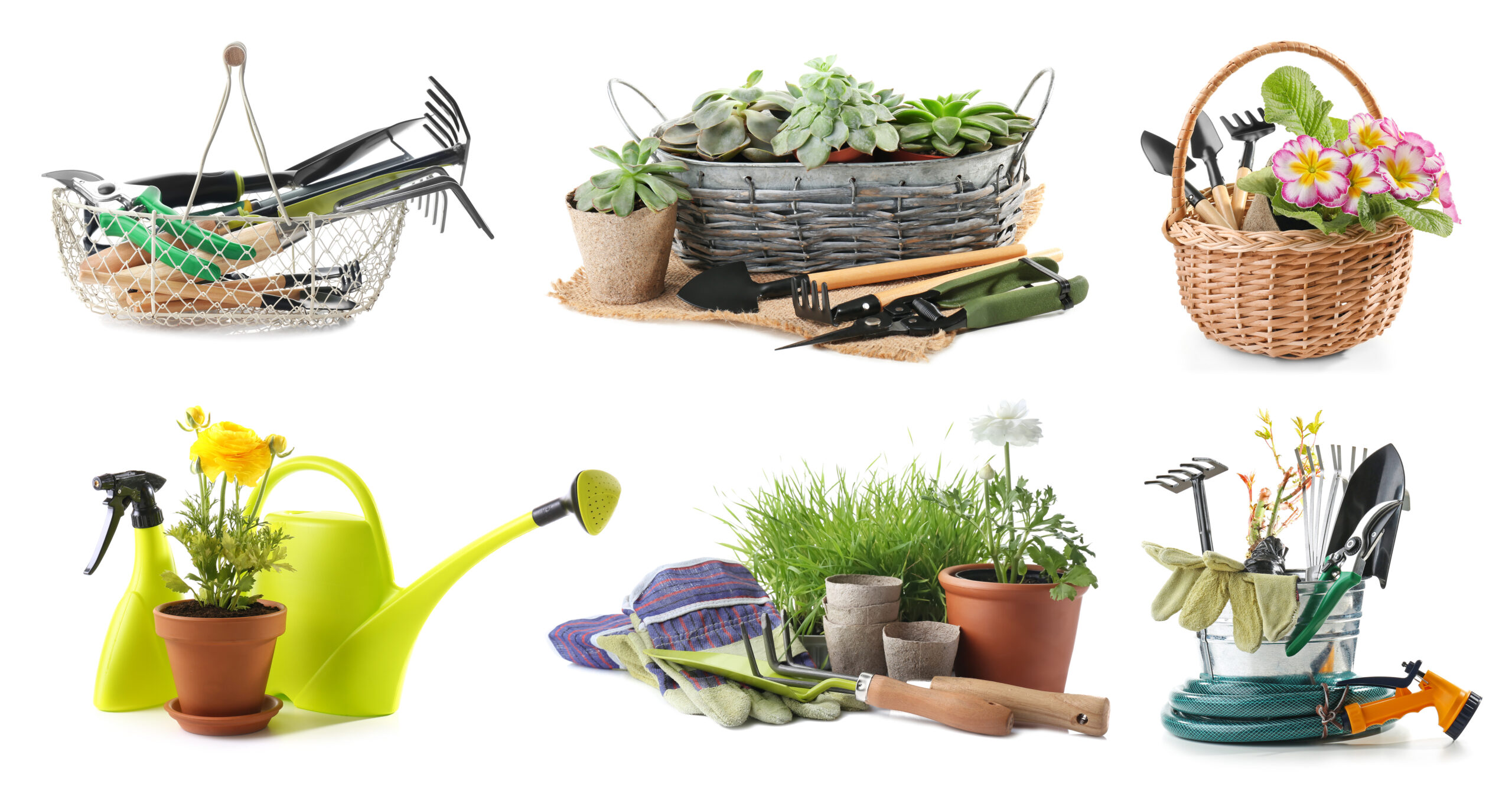
Understanding Light: The Key to Vibrant Photos
Light plays a crucial role in plant photography, highlighting textures, colors, and shapes of your garden. The best natural light for photography is during the golden hours, just after sunrise or before sunset, when the light is softer and warmer. This diffused light reduces harsh shadows and brings out the vibrant colors of your plants without the glare of direct sunlight. Overcast days are also perfect for photography, as the cloud cover acts as a natural diffuser, creating even lighting that can make your garden photos look professional.
Composition and Framing: Creating Visual Interest
Good composition can turn a simple photo into a compelling story. Follow the rule of thirds by imagining your image divided into nine equal segments by two vertical and two horizontal lines. Placing the main subject of your photo along these lines or at their intersections creates a more balanced and engaging composition. Experiment with different angles and perspectives—get down low to capture the viewpoint of a bug or shoot from above for a bird’s-eye view of your garden layout. Pay attention to the background, using it to add context or contrast to your subject without distracting from it.
Focus on Details: The Art of Close-ups
Close-up or macro photography allows you to capture the intricate details of plants that might be overlooked by the naked eye. Use a macro lens or the macro setting on your camera to focus on the tiny textures, patterns, and dewdrops on leaves and petals. These detailed shots can reveal a whole new world of beauty in your garden, showcasing the unique characteristics of each plant. Ensure your camera is steady, using a tripod if necessary, to prevent any blur from hand movement.
Capturing the Essence of the Garden
Your garden is more than just individual plants; it’s an ecosystem with its own mood and atmosphere. Capture wide shots that convey the overall essence and design of your garden, including paths, fences, or garden structures that add character. Early morning is an excellent time for these types of photos, as the soft light and morning dew add a fresh, serene quality to your garden. Consider what makes your garden unique and try to capture that essence in your photos.
Playing with Depth of Field
Depth of field refers to how much of your image is in focus. A shallow depth of field, where the subject is in sharp focus while the background is blurred, can make your subject stand out dramatically. This technique is especially effective in busy or cluttered garden spaces, as it isolates the subject from the background. To achieve this, use a large aperture (a lower f-stop number) on your camera. Experimenting with depth of field can add an artistic touch to your plant photos, creating a sense of depth and dimension.
Editing for Perfection
Post-processing can enhance your garden photos, adjusting lighting, color balance, and cropping to improve the final image. Many smartphones and cameras come with built-in editing software, or you can use external programs like Adobe Lightroom or Photoshop. Remember, the goal of editing should be to enhance the natural beauty of your garden, not to alter it drastically. Simple adjustments like increasing the brightness or contrast, cropping to improve composition, or slightly saturating the colors can make your photos pop.
Telling a Story Through Seasons
Your garden changes with the seasons, each bringing its own colors and textures. Documenting these changes can tell the story of your garden over a year. Capture the bright blooms of spring, the lush greenery of summer, the rich colors of autumn, and the stark beauty of winter. This not only provides a complete picture of your garden’s life cycle but also highlights the beauty and impermanence of nature.
Sharing Your Garden with the World
With the beauty of your garden captured, consider sharing your photos with others. Social media platforms like Instagram, gardening forums, or personal blogs are great places to display your work, connect with fellow gardening enthusiasts, and inspire others with the beauty you’ve created. Your garden photos can transcend the physical boundaries of your space, spreading the joy and beauty of gardening to a wider audience.
Plant photography is a rewarding way to document the beauty and diversity of your garden, creating a visual diary that you can look back on and share. By mastering lighting, composition, and other photography techniques, you can capture stunning images that reflect the unique essence of your garden, preserving its beauty in a form that lasts forever.



